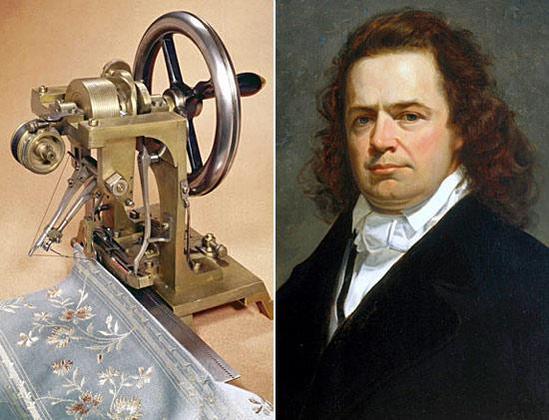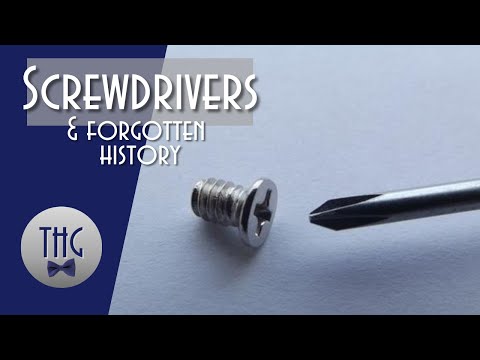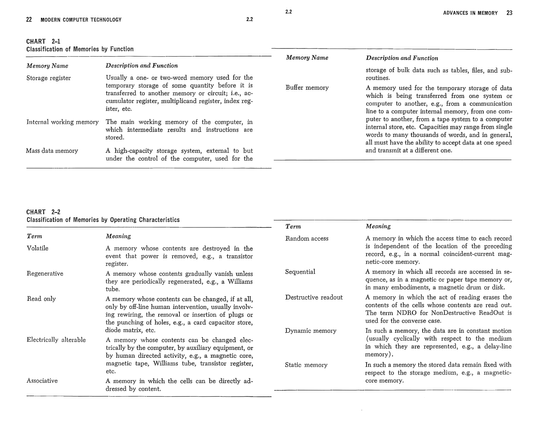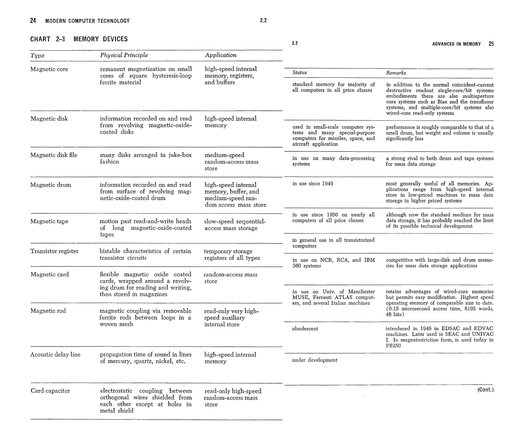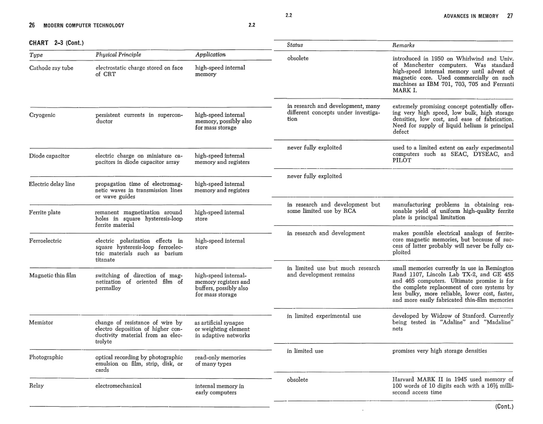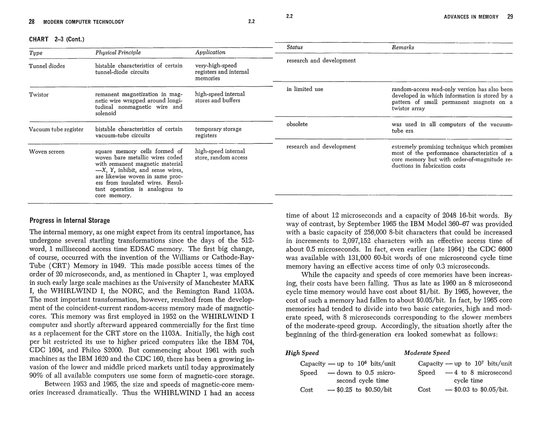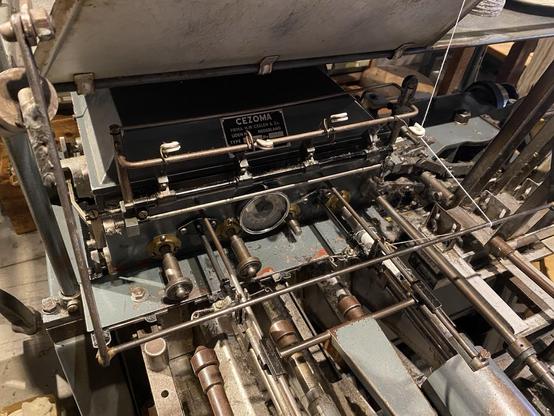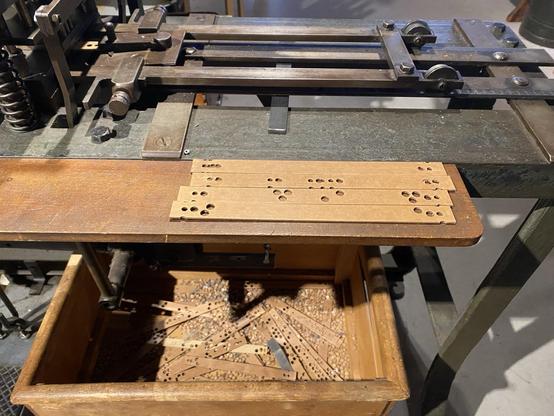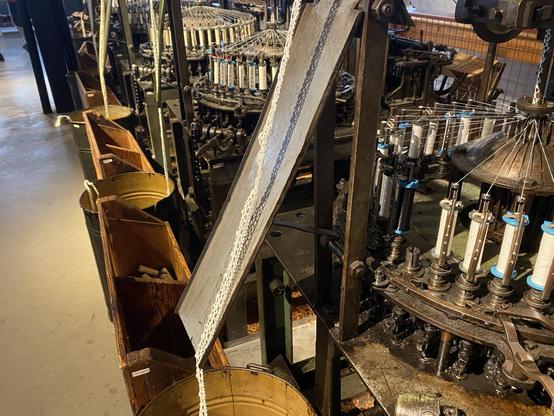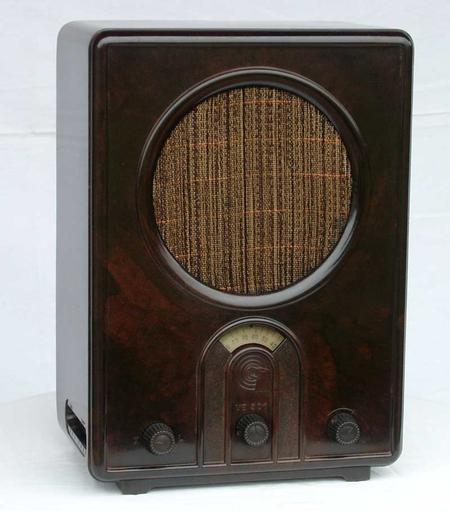ZDNet: MS-BASIC 1.1 introduced programming to a generation – now you can download it for free. “For its day, MS-BASIC 1.1 was quite sophisticated. It included improved garbage collection. (When you only had 4K of RAM, you needed every byte your program could get its hands on.) It also supported FOR loop variables, which were a big improvement over BASIC’s infamous GOTO command.”
Between the wheels
Hello
#HistoryOfTechnology #WheelOrigin #InventionOfTheWheel #Archaeology #ComputationalDesign #NeolithicInnovation #EngineeringHistory #CarpathianMines #RoyalSocietyOpenScience
{ ¿Animal fat
https://youtube.com/watch?v=P2I3BJeI19U
#TheMeatrix
¿:https://www.counterpunch.org/2025/08/29/domestic-terrorism-and-spectacularized-violence-in-trumps-warfare-state/ #warpigs // #pigsonthewing || #spiritedaway
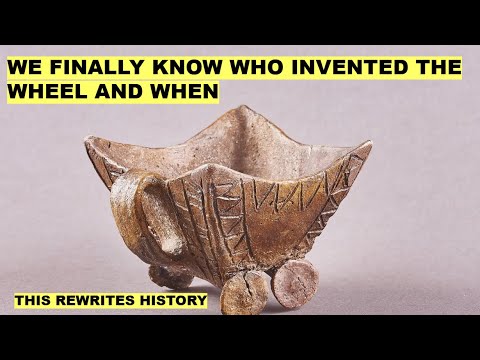
New Evidence Reveals Who REALLY Invented the Wheel Rewriting History!
📼 The History of the Screwdriver (A free, 16-minute video from 2019)
Tags: #HistoryOfTechnology #Things #Canada
https://buddhistuniversity.net/content/av/screw_history-guy
I'm finding D. F. Parkhill's 1966 book "The Challenge of the Computer Utility"[0] to be endlessly fascinating. It provides quite a detailed snapshot of the state of computer development. It was written at the tail end of the "Patent wars of 1962–1966"[1], yet there's no mention of integrated circuits, nor "Micrologic" (an early name for ICs).
In the discussion on memory technology, the book contains several tables as two-page spreads, which are awkward to assimilate when reading the book as a PDF on a small screen. I've included the relevant pages here as two-up images for my own benefit as much as yours!
The information summarised in the tables is fascinating. In the table "Classification of Memories by Function", much of the language is familiar to a modern reader (compared to, say 1940s discussions of 'organs'); CPU registers, RAM and persistent storage are recognisable:
Storage register: Usually a one- or two-word memory used for the temporary storage of some quantity before it is transferred to another memory or circuit; i.e., accumulator register, multiplicand register, index register, etc.
Internal working memory: The main working memory of the computer, in which intermediate results and instructions are stored.
Mass data memory: A high-capacity storage system, external to but under the control of the computer, used for the storage of bulk data such as tables, files, and sub-routines.
...yet the "Classification of Memories by Operating Characteristics" reflect mid-1960s (or older) technologies:
Regenerative: A memory whose contents gradually vanish unless they are periodically regenerated, e.g., a Williams tube.
Modern RAM is of this type!
Read only: A memory whose contents can be changed, if at all, only by off-line human intervention, usually involving rewiring, the removal or insertion of plugs or the punching of holes, e.g., a card capacitor store, diode matrix, etc.
"Memory Devices" is fascinating. Here's just one row:
Type: Magnetic core
Physical Principle: remanent magnetization on small cores of square hysteresis-loop
ferrite material
Application: high-speed internal memory, registers, and buffers
Status: standard memory for majority of all computers in all price classes
Remarks: in addition to the normal coincident-current destructive readout single-core/bit systems embodiments there are also multiaperture core systems such as Biax and the transfluxor systems, and multiple-core/bit systems also wired-core read-only systems
Biax? Transfluxor systems?
...and what on earth was "Magnetic rod memory"?
Type: Magnetic rod
Physical Principle: magnetic coupling via removable ferrite rods between loops in a
woven mesh
Application: read-only very high-speed auxiliary internal store
Status: in use on Univ. of Manchester MUSE, Ferranti ATLAS computers, and several Italian machines
Remarks: retains advantages of wired-core memories but permits easy modification. Highest speed operating memory of comparable size to date, (0.15 microsecond access time, 8192 words, 48 bits)
...sounds promising! Why haven't I heard of this technology? Check Wikipedia[2]:
Rod memory is one of the many variations on magnetic core memory that attempts to lower costs by automating its manufacturing. [...] Like many similar concepts [...] rod memory was competing for the role of taking over from core when the first semiconductor memory systems wiped out the entire market in 1970.
Oof.
I'm finding it very much worthwhile to read not only older histories of computing, but also old books that provide a survey of the state of the art at a given time.
[0] https://archive.org/details/challengeofcompu0000park
[1] https://en.wikipedia.org/wiki/Invention_of_the_integrated_circuit#Patent_wars_of_1962–1966
[2] https://en.m.wikipedia.org/wiki/Rod_memory
#retrocomputing #vintagecomputing #computerhistory #historyoftechnology
Today we visited the Lace Manufacturing Museum in #Horst #MuseumDeKantFabriek #Kant #Lace
It’s a small but well-crafted museum with good displays - I’m sure the guided tour would have been great if we had better Dutch comprehension (we wandered with an English language handout). #VisitLimburg #Netherlands #MuseumKaart #HistoryOfTechnology #HTS
There's a new issue of HoST — Journal of History of Science and Technology. It includes the themtic dossier "Towards a global history of eclipses_ Entanglements of disciplines, actors, and practices".
🔓 Available on #OpenAccess: https://sciendo.com/issue/HOST/19/1
#Histodons #HistoryOfScience #SciHist #HistoryOfTechnology #TechHist #Astronomy #HistoryOfAstronomy #Eclipses #TotalSolarEclipse #SanskritAstralSciences
📰 12,000-Year-Old Spindle Whorls and the Innovation of Wheeled Rotational Technologies (A ✨NEW✨, free, 22-page article)
Tags: #HistoryOfTechnology #Prehistory #Things
https://buddhistuniversity.net/content/articles/12000-year-old-spindle-whorls_yashuv-talia-et-al

12,000-Year-Old Spindle Whorls and the Innovation of Wheeled Rotational Technologies
‘The wheel and axle’ revolutionized human technological history by transforming linear to rotary motion and causing parts of devices to move. While its ancient origins are commonly associated with the appearance of carts during the Bronze Age, we focus on much earlier wheel-shaped find: an exceptional assemblage of over a hundred perforated pebbles from the 12,000-year-old Natufian village of Nahal Ein-Gev II, Israel. We analyze the assemblage using 3D methodologies, incorporating novel study applications to both the pebbles and their perforations and explore the functional implications. We conclude that these items could have served as spindle whorls to spin fibres. In a cumulative evolutionary trend, they manifest early phases of the development of rotational technologies by laying the mechanical principle of the wheel and axle.
Nazis and Radios
The Volksempfänger, the Nazi Party’s cheap radio receiver for listening to propaganda, in its bakelite case. Image from https://commons.wikimedia.org/wiki/File:Ve301w.jpgIn July an online talk by Philip Blood (probably this guy) and a pass through Keegan’s Six Armies in Normandy made me think of the old debate about the effectiveness of the American, British, and Commonwealth armies in the Second World War. I had not known that Six Armies in Normandy was just Keegan’s second book from 1982, and that my 1994 Penguin edition was a reprint (A.J.P. Taylor wrote a blurb!)
Keegan’s book shows his strengths and weaknesses as a historian: it is beautifully written, expresses his unique view of the world, but rarely acknowledges doubt or explains where his facts and interpretations come from. Keegan gives himself authority by dropping in French and German phrases and alluding to prestigious novelists and playwrights, but not by showing that he understands a mass of evidence and arguments and can argue why his interpretation is best. The maps are inadequate, the photos numerous but ornamental. Because Six Armies in Normandy rarely cites sources, and because I’m not a specialist in WW II, I will not try to review it. But I will use some quotes to show places where I might have been wrong or where I don’t know how to balance two ways of thinking.
One of the most common factoids about the Second World War in Europe is that during the Battle of France, French commanders settled comfortably into châteaus and communicated only by a small number of telephone lines. Naturally (the story goes) these soft, old-fashioned generals were beaten by their hard, modern opponents!
Rommel decided later that day, June 9th, that he would defer the counter-offensive until more of the marching divisions from the interior had arrived. Its planning meanwhile was consigned to Geyr von Schweppenburg. The officer’s headquarters had hihterto played the role of government-in-waiting for, though specifically organized to prepare and control large armoured operations, the necessary troops had been withheld from it until the appearance of the Allies on the beaches, and indeed for some time after that. Now called to life, it had installed itself with some amplitude at Thury-Harcourt, twelve miles south of Caen, where Geyr and his officers lived in the Château of la Caine and the clerks and signallers worked under canvas in the orchard outside. Communication was provided by four large radio trucks. As soon as they had come on the air, however, their transmissions had been picked up by the British monitoring service and the intercepts subject to Traffic Analysis. Traffic analysis is a technique which helps to identify where and from whom transmissions eminate, rather than what the encoded messages contain – that information was extracted by the Ultra service at Bletchley.
…
So, on the evening of June 10th, rocket-firing Typhoons of 83 Group, Royal Air Force, and Mitchell medium bombers of 2 Group suddenly appeared oover la Caine and subjected it to devastating attack. Geyr and one of his officers escaped with wounds. His chief of staff, von Dawans, and twelve other officers were killed, the equipment of the headquarters destroyed, and the survivors transferred to Paris. For the time being, Panzer Group West ceased to function alltogether, and command of the armoured divisions was temporarily entrusted to the chief of I SS Panzer Corps, who decided that he did not share Geyr’s belief on the feasability of a major armoured counter-stroke.
Keegan, Six Armies in Normandy (Penguin 1994) pp. 150, 151
The Allies did not have to fight the counterattack, they just bombed the people who were organizing it. There are many stories about German generals in Normandy being attacked in their staff cars and wounded or killed. Blood says that after 10 June, German commanders were scared to use their radios, so had to drive around and send messengers to understand the situation and communicate with their troops. The state which had pioneered the use of the radio for propaganda was unable to use radios to fight a war.
Another factoid about the period of German victories is that every German tank had at least a radio receiver while most of their opponents were reduced to sticking their heads out a hatch and waving flags. As most of their opponents had only one or two men in the turret, those men had many other things to do than see whether someone was waving at them (even if the air was not full of bullets and shell fragments). Some recent British research challenges this:
In all the studies commissioned by the British to report on captured Panzer IIIs in North Africa, all noted the absence of radios. It is unlikely that they were taken as souveniers, as more attractive items remained in the tanks, and therefore we can conclude that either the Germans were particularly good at removing radio sets when tanks were abandoned (often under fire), or that more likely there was a serious shortage of radios in the Deutsches Afrika Korps.
Dick Taylor, Mike Hayton, David Willey, and The Tank Museum, Panzer III Owners’ Workshop Manual (Haynes Publishing, 2017) p. 140
(Notice how the book on arms and armour, written by an army officer, is more sophisticated in its argument and its use of evidence than the stylish history by a professor with a PhD?)
Keegan tells some stories where the German army’s use of electronic communication and sensing is not very sophisticated. I give one example with bonus Nazi-punching (and CanCon!):
(Some lifelong Nazi) intervened in the battle at a point near Caen. It was growing dark. Leading on a motorcycle, his preferred command vehicle, he drove westward down the Caen-Bayeaux road with the divisional Panther (tank) battalion strung out behind him and the men of the reconnaissance battalion riding on their hulls. Just short of the headquarters of the Regina Rifles in Brettenville l’Orgueilleuse, the tanks stopped to shoot up the village. Then, when persuaded that resistance had been crushed, they advanced and drove round the Reginas’ position Sioux-style to look for a way in for the kill. The Reginas had been holding their fire (with their six-pounder anti-tank guns) … Six Panthers short of the twenty-two with which he had begun his Walkürenritt six hours before, (the Nazi) turned his motorcycle as the glimmer of dawn showed before Bayeaux and rode away from the burning ruins.
Keegan, Six Armies in Normandy, pp. 149, 150 nb. I think Totenritt was the Prussian military expression, thanks Robert Citino
I don’t know much about modern warfare but what are the reconnaissance elements of an armoured unit doing riding on the tanks instead of driving out ahead of them so the tanks don’t stumble into antitank weapons? Shouldn’t they be driving armoured cars or motorcycles or something small and cheap? I feel like I don’t understand many things about how the old German army remained so formidable in 1944 and 1945 while losing more and more technical capabilities. And I feel like I don’t understand how to balance the argument that fighting Hitler’s ground forces was always hard and miserable, and the argument that from the middle of 1943, Allied artillery and airpower could pin Axis forces in Europe to the ground, break up their counterattacks before they got going, and locate and decrypt their communications so the outcome of the fighting was just a matter of time and blood. Americans in the 1980s complained that Nazi German infantry had had better machine guns and more mortars than their infantry did, but machine guns and mortars are cheap, short-ranged weapons. Even insurgents can usually keep a few machine guns rattling and a few tubes firing!
Keegan’s history from 1982 has other interesting aspects, such as the paragraph where he noticed that de Gaule refused to let black Africans take part in the liberation of France, even though they had been good enough to die for France in both World Wars (p. 303). I don’t know how to reconcile that with the Keegan who wrote a colonialist History of Warfare (1994) but the greatest of wonders or terrors is man. He also has space for vignettes like a refugee woman in Caen looking for something to protect her child from being blinded by the bombs of his would-be liberators. And a general history of radio and radar in WW II would have to touch on things like the proximity fuse or the Allies using radio signals to convince the German leaders that there was a First US Army Group waiting to descend on the Pas de Calais after D-Day so they could not move all their forces to Normandy until it was too late.
I have been reading about World War Two during the first four years of COVID because I don’t know much about it although I can sound like I know something from reading blog posts and listening to lectures. And a lot of discourse about ancient warfare is really about World War Two, particularly in the United States. So I thought it would be worthwhile to write this post about some of the things I don’t know, can’t reconcile, or where I may have some ideas from the 1990s which were refuted in the 2010s. On subjects where I am not an expert, I try to pass on what most experts seem to agree on, but I am not always right about what that is!
I think Trevor Dupuy in the 1980s was the most famous advocate that “On a man for man basis, German ground soldiers consistently inflicted casualties at about a 50 percent higher rate than they incurred from the opposing British and American troops under all circumstances,” and we have learned a lot about WW II and its documentary record since then. Many of the weapons which are in the news today such as drones, cruise missiles, and multiple rocket launchers were first deployed during WW II.
Further Reading: on the organization of engineering in WW II, it might be educational to read Calum E. Douglas, The Secret Horsepower Race: Western Front Fighter Engine Development (Tempest, 2020)
Sönke Neitzel, Deutsche Krieger. Vom Kaiserreich zur Berliner Republik – eine Militärgeschichte
Groß, Gerhard P. (2012) Mythos und Wirklichkeit. Die Geschichte des operativen Denkens im deutschen Heer von Moltke d. Ä. bis Heusinger. Zeitalter der Weltkriege, Band 9 (Ferdinand Schönigh: Paderborn). Translated as Gerhard P. Groß, tr. David T. Zabecki, The Myth and Reality of German Warfare: Operational Thinking from Moltke the Elder to Heusinger. Foreign Military Studies (University Press of Kentucky, 2018).
Edit 2023-08-28: added books by Groß and Neitzel
Edit 2025-07-13: fuller cite to the Haynes manual to the Pz III
(begun 19 July 2023)
#bookReview #communication #historyOfTechnology #intellience #methodology #modern #SecondWorldWar #systemsThinking
